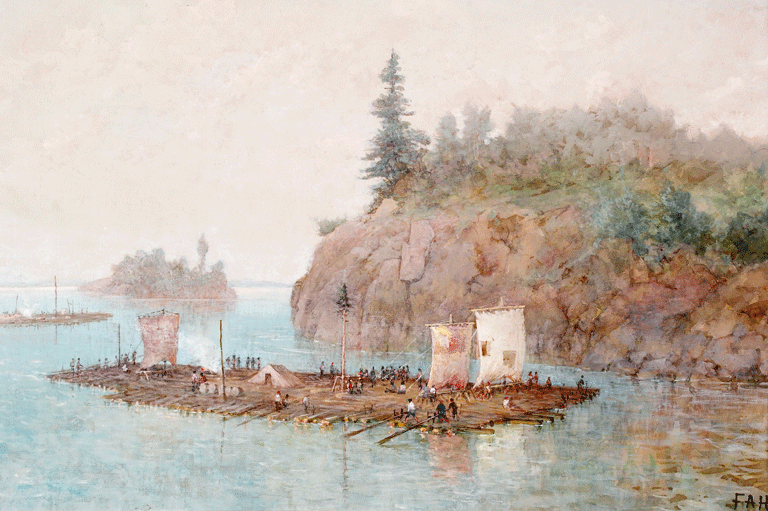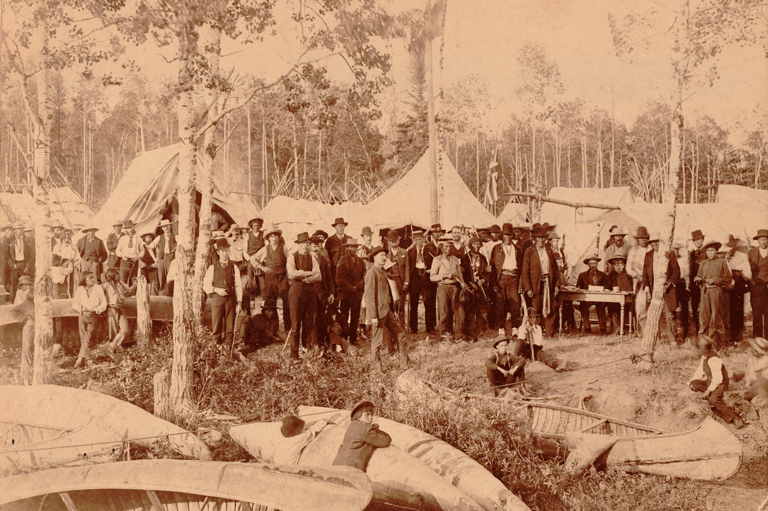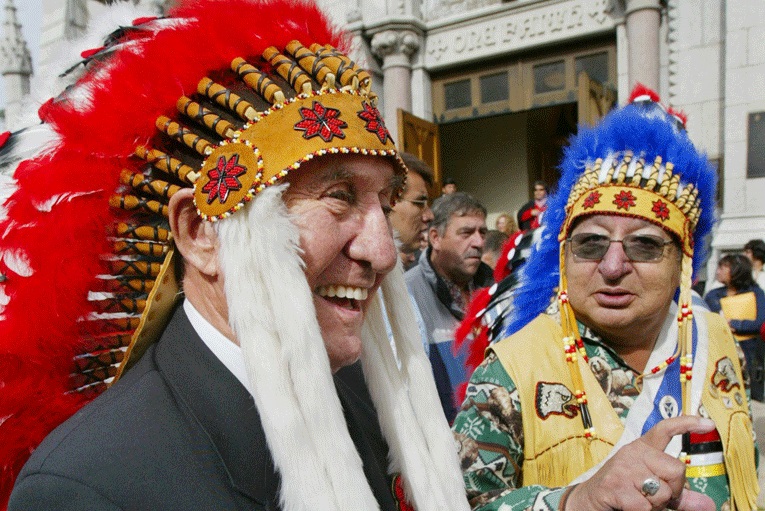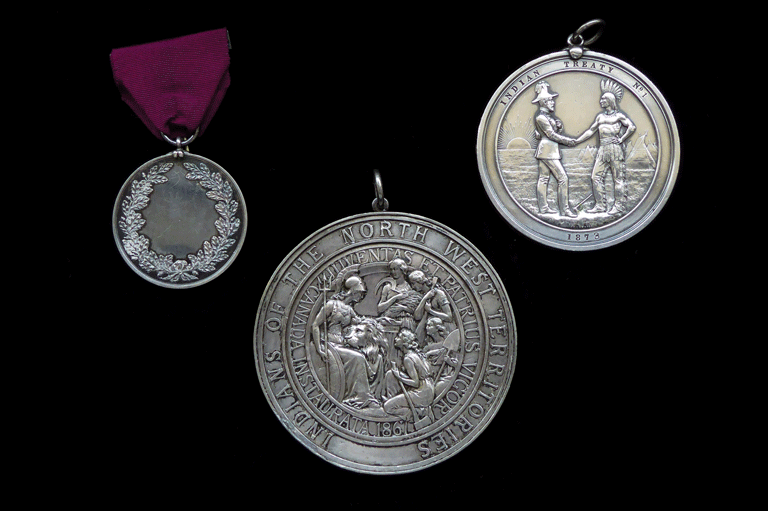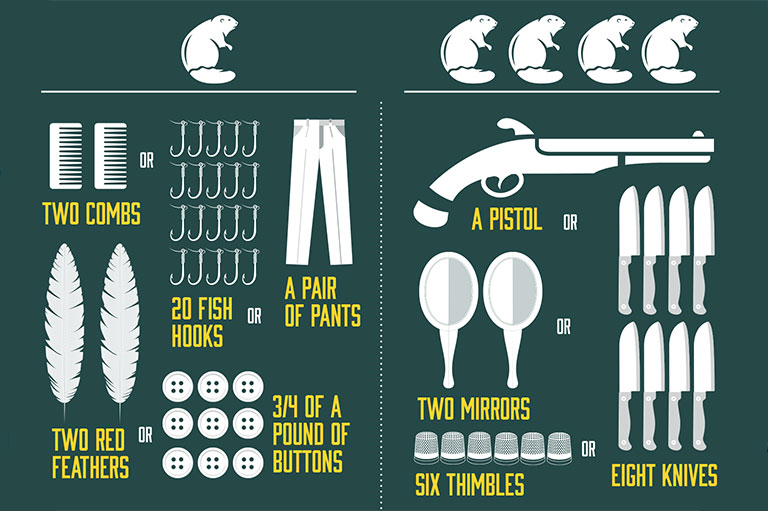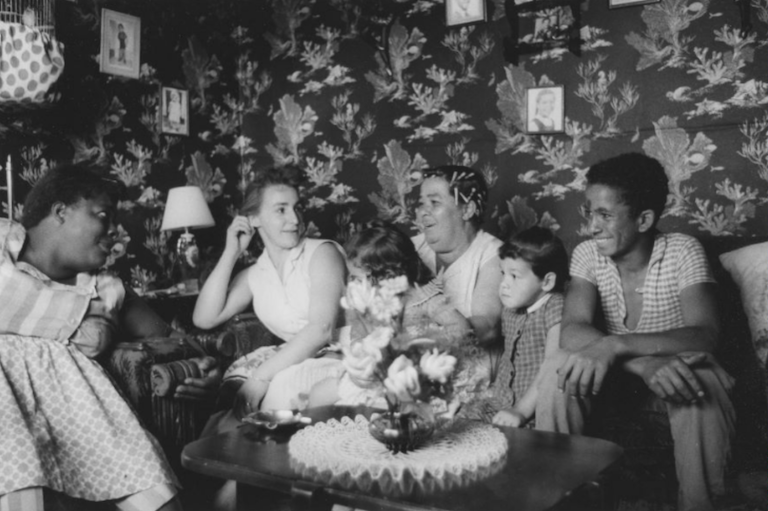The Numbered Treaties
Grade Levels: 7/8, 9/10, 11/12
Subject Area: Social Studies/History/Geography
This lesson is based on the article “The Numbered Treaties” written by Wabi Benais Mistatim Equay (Cynthia Bird) in the Treaties and the Treaty Relationship issue of Canada's History magazine.
Lesson Overview
In this lesson students explore the Numbered Treaties with a focus on present relevance, historical and contemporary relationships, and the benefits shared by all Canadians.
Time Required
One class period
Historical Thinking Concept(s)
- Establish historical significance
- Use primary source evidence
- Identify continuity and change
- Analyze cause and consequence
- Take historical perspectives
- Understand the ethical dimension of historical interpretations.
Learning Outcomes
Students will:
- Explore the historical and contemporary significance of the Numbered Treaties.
- Recognize the enduring significance of the Treaty relationship.
- Examine their own perspectives regarding the Numbered Treaties.
The Lesson Activity
Activating: How will students be prepared for learning?
- Divide students into groups three or four.
- Pass around/display an image of a Treaty medal [see BLM #1.1].
- Instruct students to study both sides of the medal.
- Ask: What is this? Have you seen this before? What are the images on each side of the medal? What do they represent? What questions do you have?
- Read aloud page 32 article “Artifacts from the Numbered Treaties” from the Treaties and the Treaty Relationship issue of Canada’s History magazine.
- Encourage and lead an all-class discussion.
Acquiring: What strategies facilitate learning for groups and individuals?
- Hand out copies of the BLM #2.1 Anticipation Guide to each student.
- Check for understanding: read aloud the statements in the left-hand column.
- Instruct students to write their initial response. There are no right or wrong answers.
- Invite students to share their initial responses in small or large group discussions.
- Provide an overview of the Numbered Treaties, 1871- 1921.
- Encourage questions and discussion.
Applying: How will students demonstrate their understanding?
- Draw students’ attention back to the Anticipation Guide.
- Instruct them to complete the “After” section [Circle: Now, I disagree/Yes, I still agree or add own response].
- Instruct them to complete the “Why” section.
- Invite students to share their responses in small or large group discussions.
Materials/Resources
- Copy/copies of the Treaties and the Treaty Relationship issue of Canada’s History magazine.
- Printed copies of BLM #1.1 and BLM #1.2 – one per student
Extension Activity
Further explore the symbolism in the Treaty medal. Prepare a class bulletin board to display images and student research.
With 7 uniquely curated newsletters to choose from, we have something for everyone.
Lesson Plans
Themes associated with this article
Advertisement
Adaptations for grades 3-6

Encouraging a deeper knowledge of history and Indigenous Peoples in Canada.
The Government of Canada creates opportunities to explore and share Canadian history.

The Winnipeg Foundation — supporting our shared truth and reconciliation journey.

We contribute to the well-being of the communities we serve through grants, scholarships, sponsorships, fundraising, volunteering and collaborative relationships with community partners.



